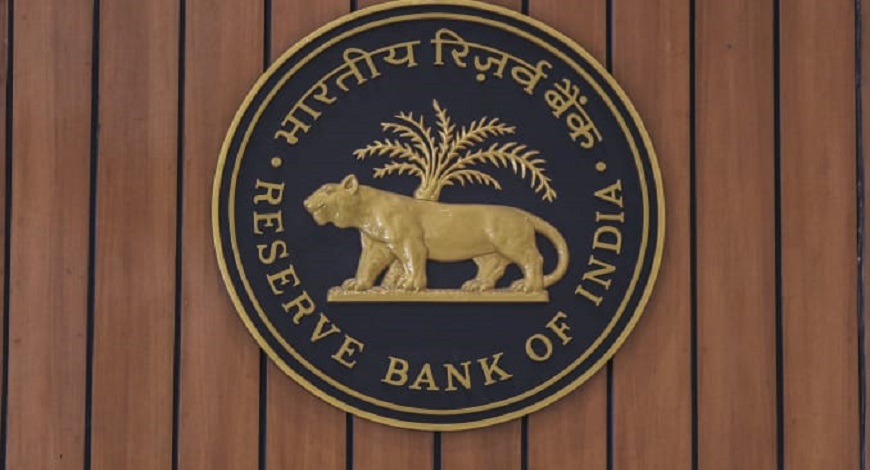The Reserve Bank of India’s monetary policy committee (MPC) stuck to its accommodative policy stance to help the economy recover from the pits of the pandemic, central bank keeping the key lending rate at record lows on Thursday.
As expected, the MPC held the lending rate, or the repo rate, at 4%. The RBI however, surprised some economists by also leaving the reverse repo rate, the key borrowing rate, unchanged at 3.35%. The median forecast in a poll predicted the RBI would raise the reverse repo rate by 20 basis points to re-align it with short-term money market rates and narrow the corridor with the key lending rate.
The MPC voted unanimously to maintain the status quo on the repo rate and by a majority of 5-1 to retain the accommodative policy stance. Continued policy support was warranted for a durable and broadbased recovery. RBI governor Shaktikanta Das said, noting an improving inflation outlook, prospects for economic growth and uncertainties. W posed by the fast spreading Omicron variant of COVID-19, and the global economy.
“Private consumption, the mainstay of domestic demand, continues to trail its pre-pandemic level. The persistent increase in international commodity prices. Surge in volatility of global financial markets and global supply bottlenecks can exacerbate risks to the outlook,” he said in his policy address.
Elaborating on why the RBI had left the reverse repo rate unchanged. Das noted that the RBI had managed to achieve a rise in the effective reverse repo rate in the market. 4 compared to 3.37% in end-August, in a very non-disruptive and seamless manner without adjusting the central bank official rate.
The effective rate is based on the weighted average rate of the fixed rate reverse repo. And the variable rate reverse repos of longer maturity returns.

